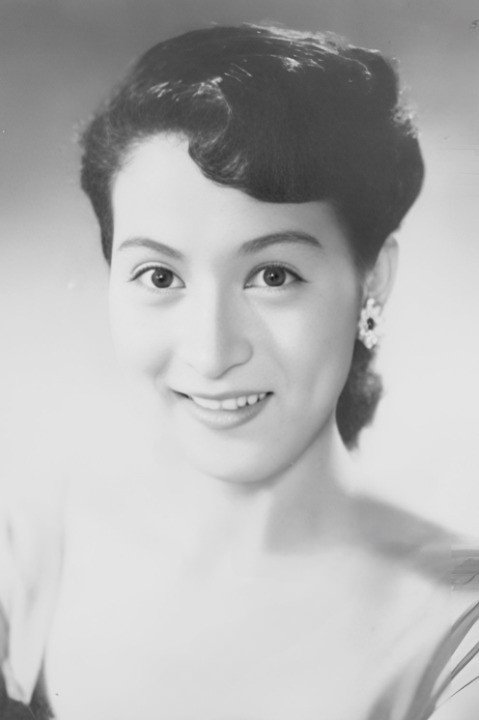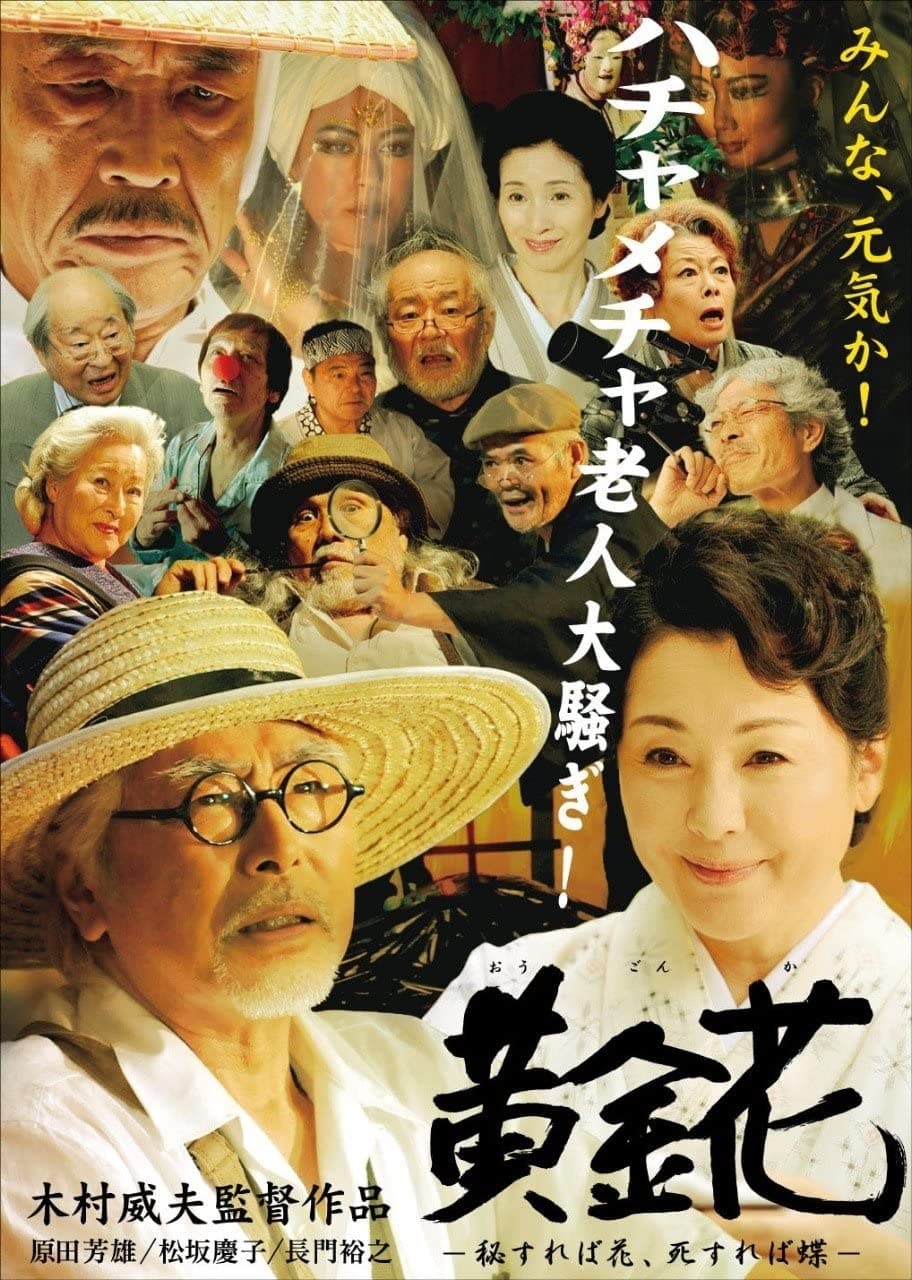

Nursing home "Yuyoso". Many lonely old people live there, including botanist Taro Makiso, a physicist, an actor, a bar mom, and a chef. Maki has spent most of his life studying botany, and has lived without regard for entertainment, drinking, women, or everything else in the world. Then came my 80th birthday. He and a young staff member go digging for wild yam and find a mysterious golden flower. It was the flower of immortality, the "Golden Flower", which was said to bloom beside the Himalayan Virgin, which he had been looking for for many years. From that day onwards, fragments of memories from his youth, which he had intentionally sealed off in order to immerse himself in botany, surged into Maki in a whirlpool.

Set in the Taisho era, which might be regarded as Japan's Hippie Phase, Hana no ran is a story about fashionable people without impulse control. Much of the action centers on a popular woman writer, the real-life poet Akiko Yosano, and her experiences among the literati of early 20th century Japan. Because of her independent, anti-war and often erotic poetry, she was a lightning rod for revolutionaries and other extremists, many of whom were destined to glamorous, yet ultimately pointless, deaths. The closest parallels might be the Byron/Shelley group or the people drawn to the Beat Generation.


Yumechiyo, a geisha house madam recently diagnosed with a terminal illness, yearns to do something constructive with the little time she has left. Though her responsibility lies in taking care of her girls, she finds purpose in helping a man wrongfully accused of murder and in the process discovers love.
By browsing this website, you accept our cookies policy.